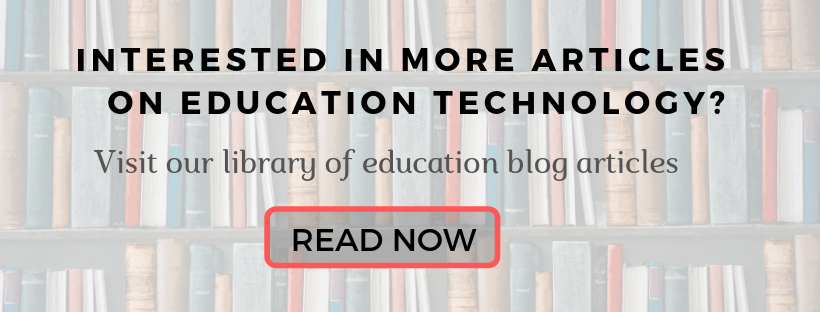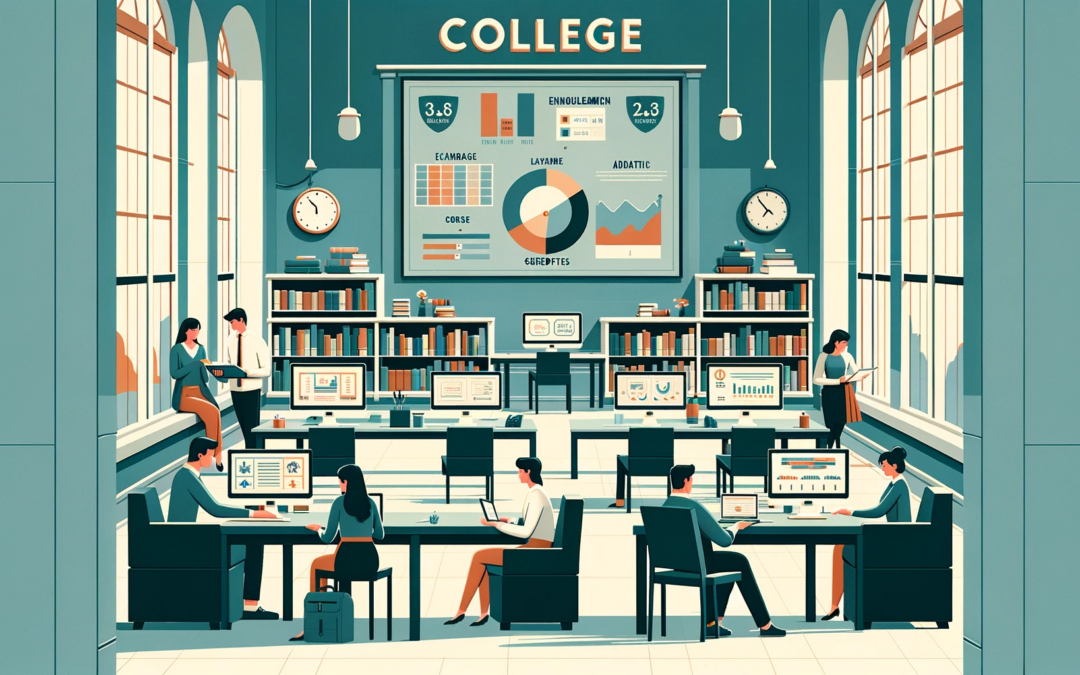It’s often said that when it comes to data in higher education, institutions have more data than they know what to do with. In those instances, it’s best to start with small, measurable tasks, so as not to get overwhelmed by the sheer amount of data.
The same is true at the government level. States have lots of data about topics like residents’ educational attainment and salary history, and they are working to organize the systems in which that data resides. The Data Quality Campaign, an organization advocating for better use of education data, is working to get states to move from collecting data only for accountability and compliance purposes to using that same data to answer critical policy questions and to work towards supporting students and helping them be successful.
A new project shows one way that can happen at the higher ed level.
The background
The University of Virginia has been working to stay ahead of the curve with the ever-growing popularity of data science careers. Last year it announced that it plans to establish a School of Data Science, thanks in part to a $120 million gift, the largest gift in the university’s history. It is also already home to the Solutions Lab, which uses behavioral insights, data science, and interactive technologies to develop solutions in education and public policy. The lab is probably best known for its work researching and then applying ‘nudging’ techniques through text messages to low-income students to help remind them about pre-enrollment paperwork to make sure they follow through on a college acceptance.
The project
The new project is aimed at helping states identify working adults who never finished college but who could make more money in a certain field if they completed the necessary work for an educational credential in that field. The project will use existing state data to try to help residents improve their incomes, and perhaps their job satisfaction.
Another byproduct of the research could be that employers might find candidates with the skills they need to do jobs that are hard to fill. For example, the project could identify students who didn’t complete a degree but took classes geared toward a certain career. Those students may currently be working in jobs that they could advance in with the necessary degree. The community college system could then target them, and using state salary information, even target them with financial aid appeals to get them to continue their education.
The governor of Virginia has identified healthcare, IT, and manufacturing industries as high priorities in the state, so in Virginia, the project will try to find students who began coursework in those careers, and the community colleges will reach out, offering accelerated programs that includes state financial aid.
The implications
The project could evolve into a tool that students use to identify jobs based on their level of education, or perhaps to help someone already in the workforce deem whether he or she is in a suitable career or whether their salary is what they should be making based on their data.
The progress of the project could also inform how data is handled at the national level. Right now, states are collecting their information in different ways, using different systems, different categories, and using the information for different purposes. Though there are many arguments for and against a national student information database, the success of a project on the state level in helping students find work – or helping employees find better work – will certainly add to, if not change, the conversation.
At the very least, the project shows that it is one thing to collect information – it’s another thing to figure out which information can be acted upon and, further, which data points are worth acting upon in a way that can make an impact on the public in a positive way.
How are universities…?
- Summer is an Opportunity for Digital Transformation in Education - April 17, 2024
- Your Car is Tracking More than Miles per Hour - April 11, 2024
- Data Can Help Provide Equal Footing in Cannabis Space - April 3, 2024




